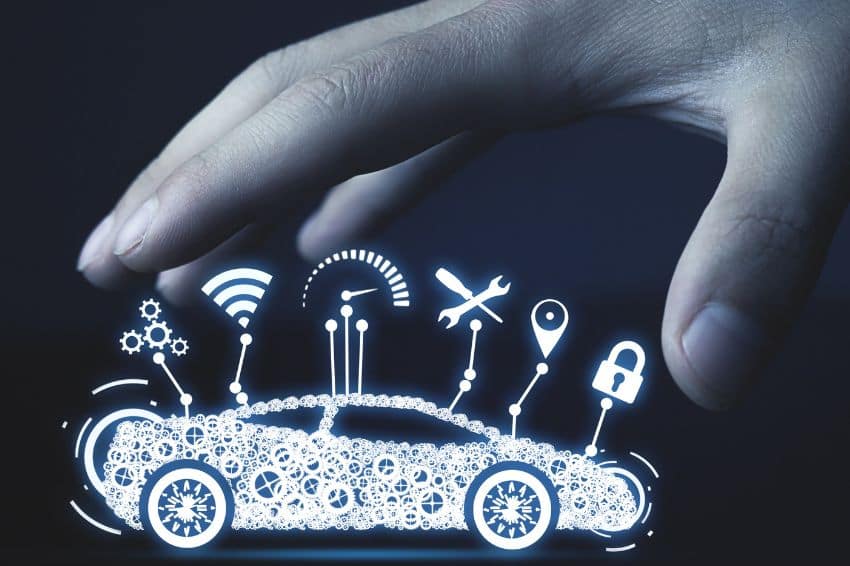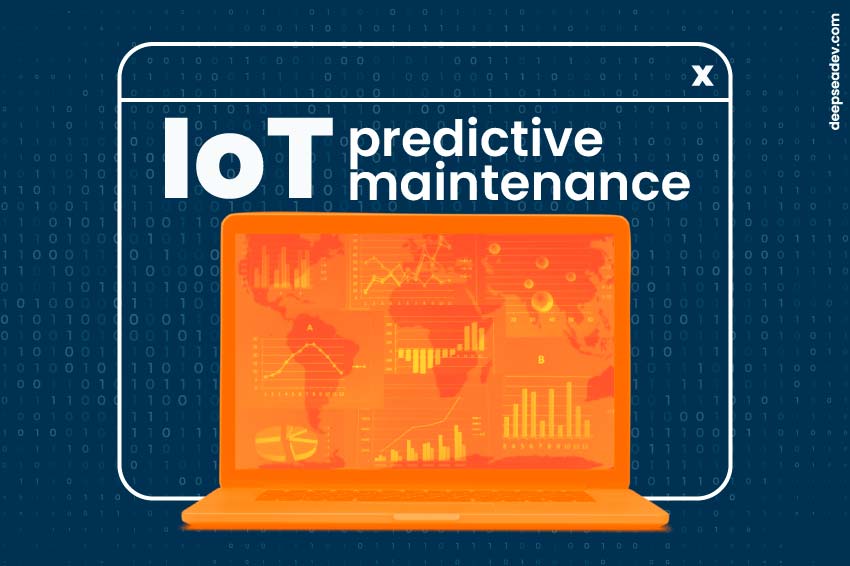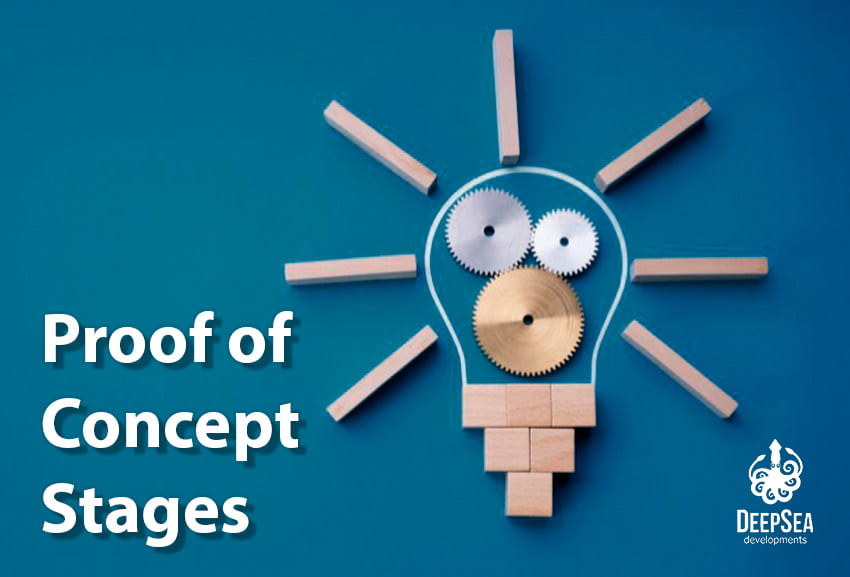In the dynamic realm of smart energy, the integration of the Internet of Things (IoT) is reshaping the landscape, bringing as a result IoT energy solutions; this is taking energy management to an era of unparalleled efficiency and sustainability. Let’s see in this article the several applications and implications of IoT for smart grids.
What is a smart grid?
A smart grid is an intelligent electricity network that leverages advanced technologies to enhance the reliability, efficiency, and sustainability of energy delivery.
Such smart grids encompass a sophisticated system of sensors, communication networks (see IoT framework), and data analytics to optimize the generation, distribution, and consumption of electricity.
In smart grids, consumers can become producers of energy because of solar energy, wind turbines and other energy sources. People can rely on a smart meter IoT for better energy management at their homes, and even, these smart meters can be used inside companies for energy efficiency.
How does smart grid technology work?
Smart grid technology operates on a two-way communication model, enabling seamless interaction between various components. It involves the integration of sensors and IoT devices across the grid infrastructure, allowing real-time data collection.
This data is then analyzed (See IoT monitoring dashboard) to optimize energy flow, detect failures, and respond dynamically to changing demand patterns.
IoT applications in smart energy
1. Grid monitoring and management
IoT facilitates real-time monitoring of the entire grid infrastructure. Sensors deployed across substations and transmission lines capture data on voltage, current, and other vital parameters. This data is transmitted in real-time, enabling utilities to monitor grid health, detect abnormalities, and proactively address potential issues.
2. Demand response optimization
IoT-enabled smart grids empower utilities to implement demand response programs efficiently. By integrating smart meters and IoT devices in homes and businesses, utilities can remotely manage and optimize energy consumption during peak hours, reducing strain on the grid and minimizing the need for costly infrastructure upgrades; see IoT in energy management.
3. Distributed energy resources integration
Smart grids leverage IoT to seamlessly integrate renewable energy sources, energy storage systems, and electric vehicles. This integration allows for efficient management of distributed energy resources, optimizing their contribution to the grid and ensuring a smoother transition to a cleaner, more sustainable energy ecosystem.
4. Predictive maintenance
IoT sensors play a crucial role in predictive maintenance, offering real-time insights into the condition of grid components. By continuously monitoring equipment health, utilities can identify potential failures before they occur, reducing downtime, lowering maintenance costs, and improving overall grid reliability.
Smart grid examples
Smart grid applications encompass a diverse array of functionalities, including systems for monitoring and optimizing thermal efficiency, optimizing layout designs, analyzing energy costs, collecting metrics and feedback from consumers, real-time data processing, and grid operations automation.
For instance, Advanced Metering Infrastructure (AMI) exemplifies the synergy between IoT and smart grids. Smart meters equipped with IoT capabilities enable utilities to remotely collect and analyze consumption data.
This is a great ally for accurate billing, demand forecasting, and proactive energy management. Our smart energy meter is the best example of a smart grid application that delivers outstanding results.
Microgrids are another example of IoT in smart grid. They are powered by IoT, exemplifying decentralized energy systems. By integrating sensors and IoT devices, microgrid operators can monitor and control energy generation, storage, and distribution within the microgrid, ensuring optimal performance and resilience.
As IoT continues to evolve, the potential applications in smart energy are limitless. The convergence of artificial intelligence, machine learning, cloud computing, 5G and IoT promises even greater advancements in grid optimization, cybersecurity, and resilience (see 5G pros and cons).
DeepSea Developments is among the best electronic product design companies that build reliable devices for sectors such as consumer electronics, healthcare, mobility, and fleet tracking. On the other hand, if you are looking for smart energy solutions, you can click on the button below to learn more about our smart energy meter.





